18. februar 2025
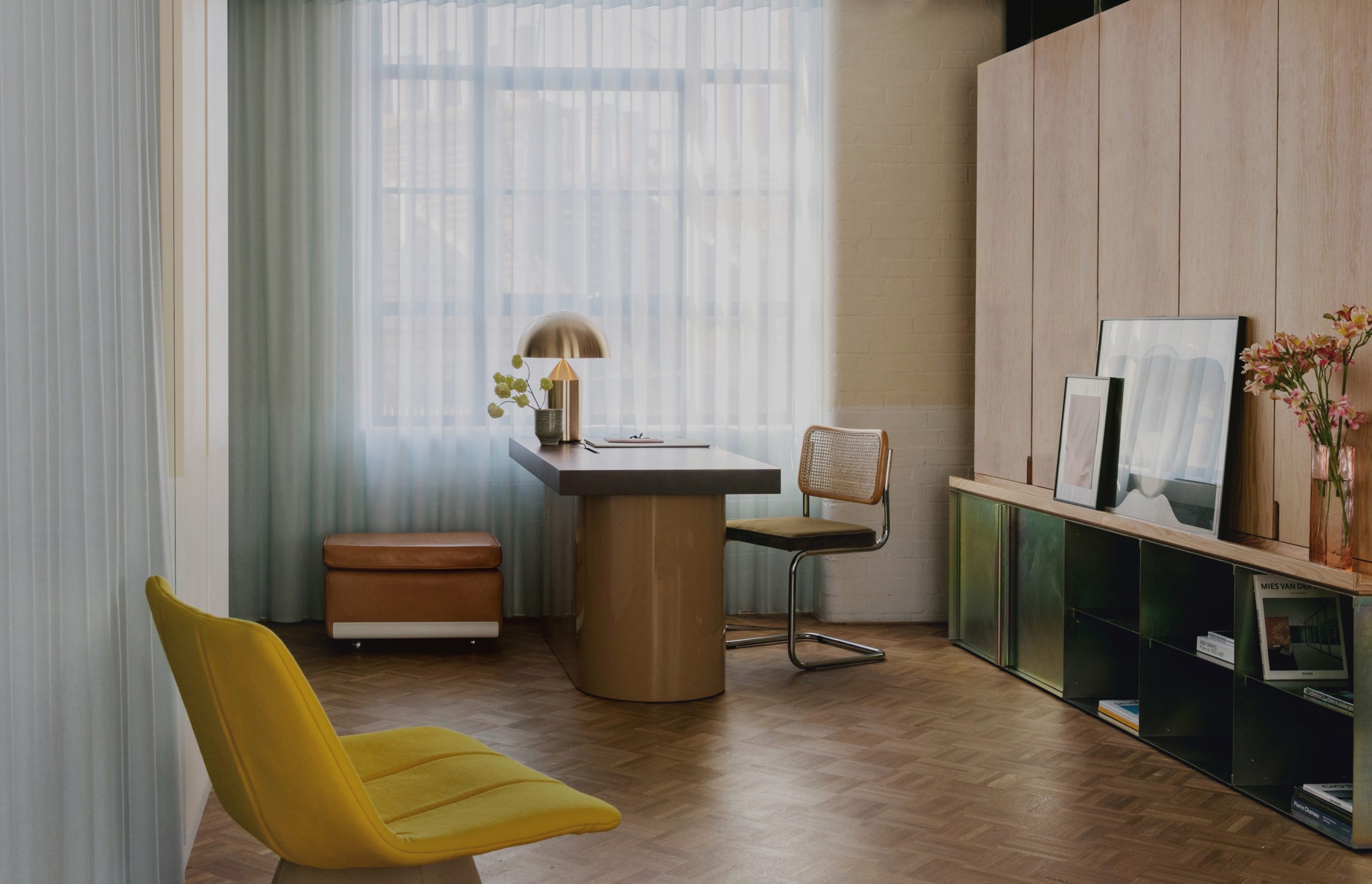
Josefine Alstrup
We celebrate the rich history and distinctive personalities of our patterns. Wooden floors not only tell stories - they transform spaces.
Patterns with Personality
Wooden floors do more than provide a surface to walk on; they tell stories, evoke emotions, and transform spaces. At Hørning, we celebrate the rich history and distinctive personalities of our patterns. From classic elegance to bold innovation, each pattern connects deeply with architectural traditions while opening new possibilities for modern design. Let’s explore the origins and unique qualities of six beloved patterns: Versailles, Chevron, Herringbone, Square pattern, Staggered pattern, and Sequence pattern.
Versailles: Special Beautiful and Symmetrical Pattern
The Versailles pattern, also known as Parquet de Versailles, originated in 17th-century France and was popularised by the Palace of Versailles under King Louis XIV. This intricate design features large panels with interlaced diagonal lines, creating a stunning visual effect. The geometric precision and the interplay of light and shadow on the wooden surface enhance its visual appeal, making each floor a unique piece of art. Its timeless appeal continues to captivate architects and interior designers alike, who appreciate the rich textures and the sophisticated ambiance it brings to any space.
Chevron: A Nod to French Grandeur
Chevron flooring traces its roots back to 16th-century France, where it became synonymous with opulence and precision. In this pattern, wooden planks are cut at an angle and joined at a point to create a continuous "V" shape, much like the arrowheads of its namesake. Historically, Chevron was a hallmark of palatial estates, gracing the floors of châteaux and grand salons. Today, it brings a refined elegance to interiors, offering a clean, symmetrical look that architects can use to add depth and sophistication to any space.
Herringbone: A Pattern of Strength and Heritage
The herringbone pattern dates back to ancient Rome, where it was first used in road construction due to its interlocking strength. Its name comes from the resemblance to a fish’s skeleton, and it was later adopted in flooring during the 16th century, particularly in grand European estates. Unlike Chevron, Herringbone does not require angled cuts, but its overlapping arrangement creates an intricate visual rhythm. This timeless pattern works equally well in modern minimalist settings and richly ornamented interiors, making it a versatile choice for architects.
Square Pattern: Floor with Artistry Underfoot
Parquetry, also known as Square Pattern, emerged in 17th-century France as a luxurious alternative to marble floors, most famously in the Palace of Versailles. Derived from the French word "parqueterie," which means “small compartment,” this pattern allows wood to be arranged in geometric shapes and intricate designs like the parquet in square units. Parquet floors became a canvas for creativity, with patterns ranging from simple grids to elaborate motifs. For architects, parquet offers a way to blend craftsmanship and storytelling, providing a foundation that is both artistic and timeless.
Staggered Pattern: Creating Natural Appearance
The staggered pattern involves offsetting rows of materials to create a more natural and stable appearance. This technique enhances the visual interest and structural integrity of the surface. Very prominent in hardwood flooring, the staggered pattern is aesthetically pleasing due to its ability to
create a sense of movement and flow within a space. By offsetting rows of materials, it breaks the monotony of straight lines and introduces a dynamic visual rhythm. Its versatility and practicality make it a popular choice for both modern and traditional designs.
Sequence Pattern: Precise and Repetive Sequence
Sequence patterns in flooring have a long history dating back to 16th-century Europe. These patterns were initially used in grand homes and palaces to showcase craftsmanship and elegance. Sequence patterns involve arranging materials in a precise, repetitive sequence, creating a visually striking and orderly appearance. Their popularity has endured due to their timeless appeal and ability to add a touch of sophistication to any space. Today, sequence patterns are favoured in both traditional and contemporary interiors for their aesthetic charm and structural benefits.
A Canvas for Architectural Vision
At Hørning, our patterns aren’t just about aesthetics - they’re about storytelling, history, and creating spaces with personality. Each design carries its own heritage and spirit, waiting to be brought to life by your architectural vision. Whether you’re designing a contemporary retreat, a historical restoration, or an innovative public space, our floors provide the perfect foundation for timeless design.
Explore the possibilities and let the history of these patterns inspire your next masterpiece.
Ready to design your story? Let’s start with the perfect pattern.
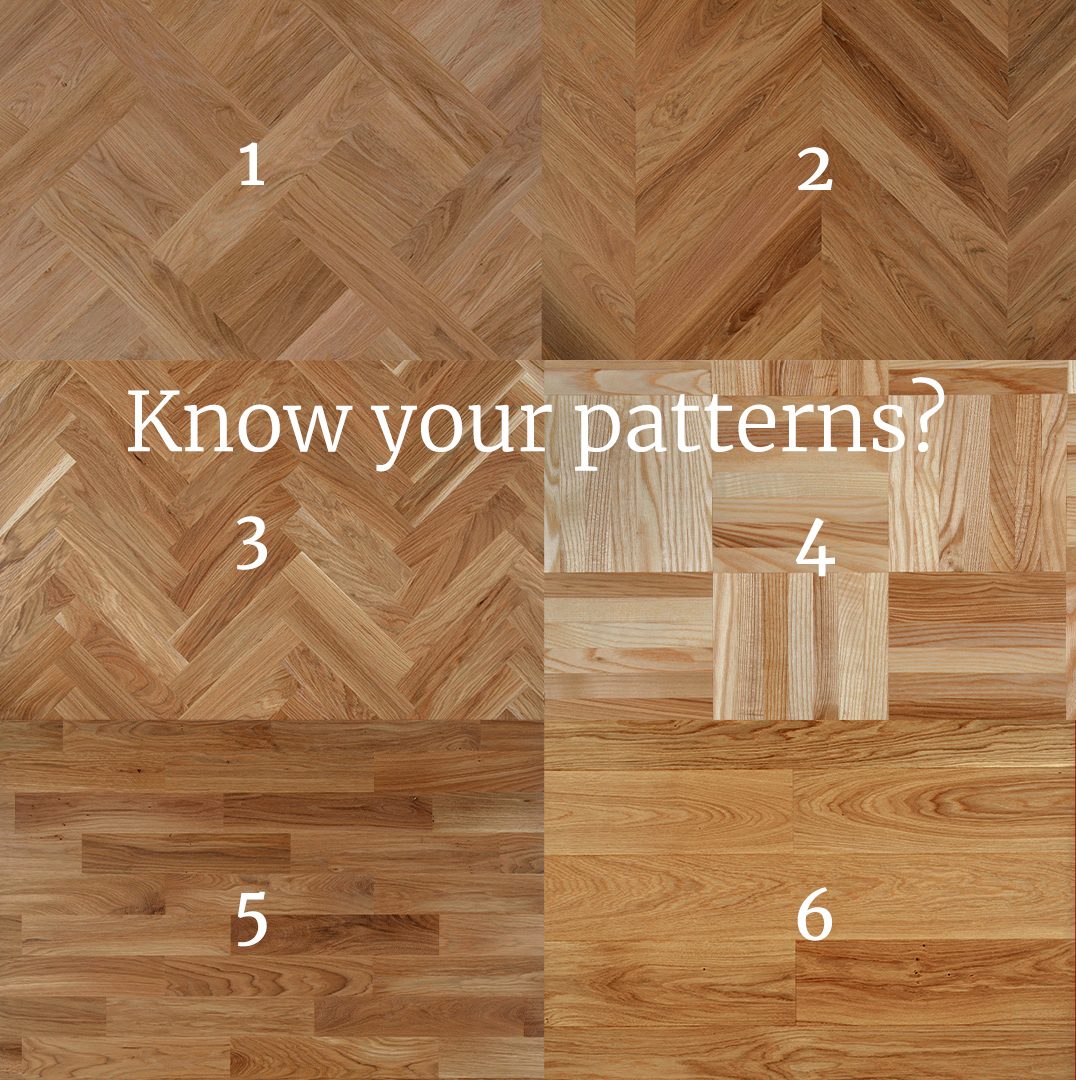
Explore more stories
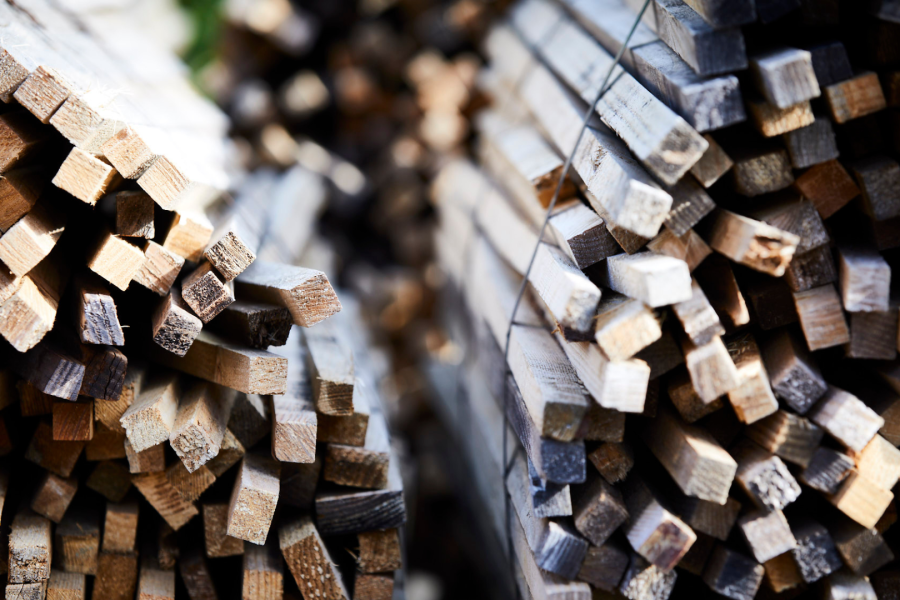
From The Forest
27. marts 2025
For 100 years, Hørning has been committed to quality, craftsmanship, and durability. But today, architecture is evolving beyond aesthetics and functionality.
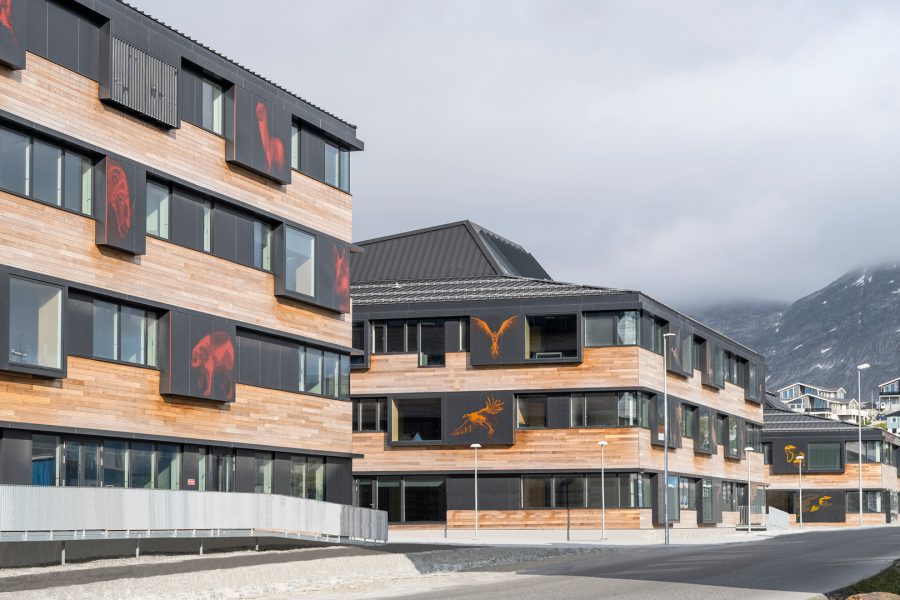
Elevating Learning Spaces
25. marts 2025
Education is more than just books and classrooms - it’s about creating environments that inspire curiosity, growth, and connection.
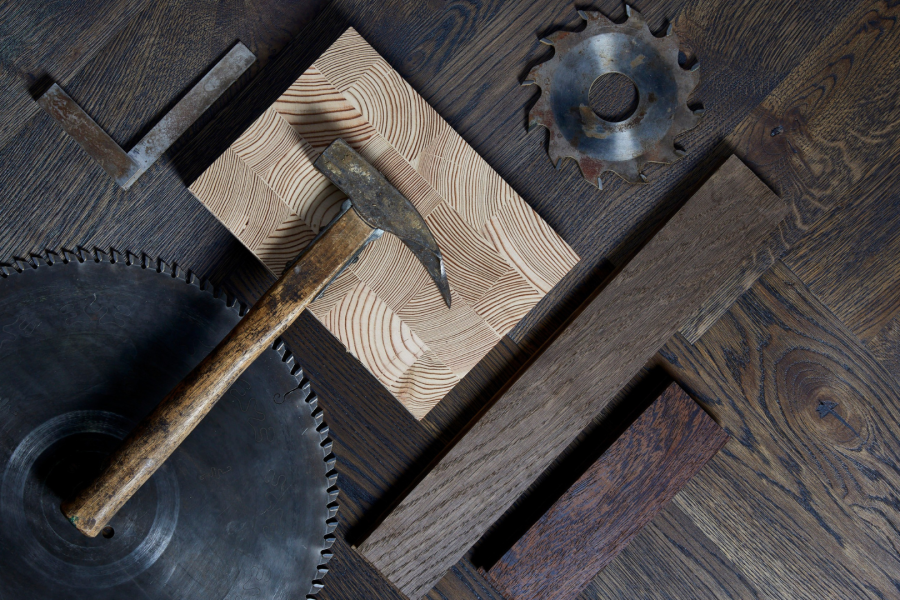
A Century Of Craftmanship
20. marts 2025
For over 100 years, Hørning has been synonymous with high-quality wooden flooring, delivering durable and aesthetic solutions to projects worldwide.



